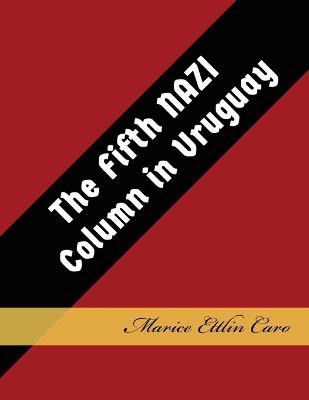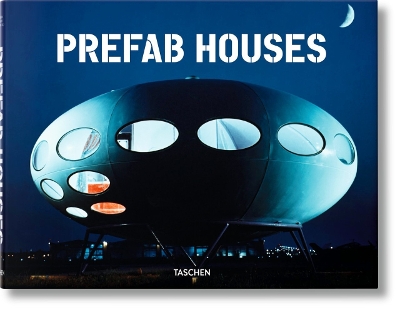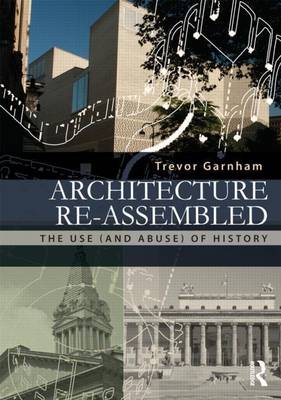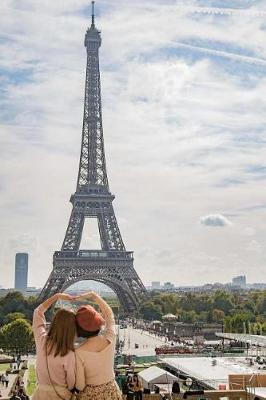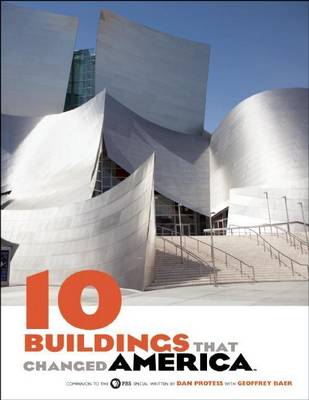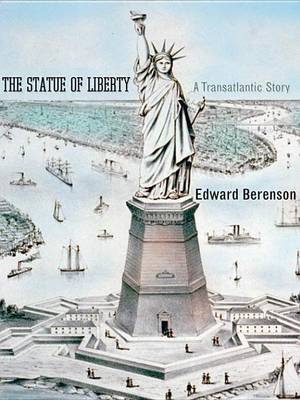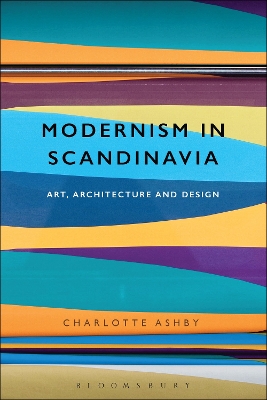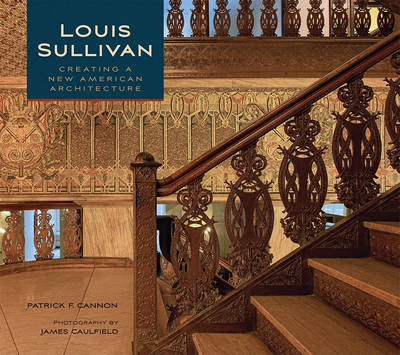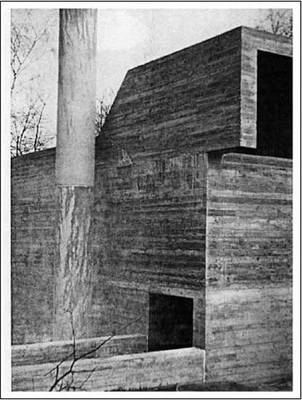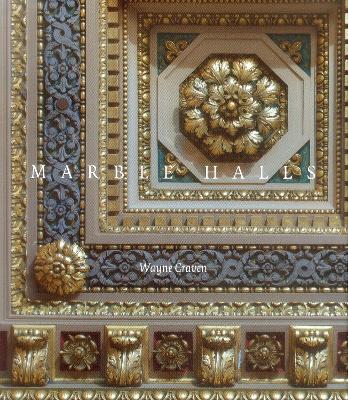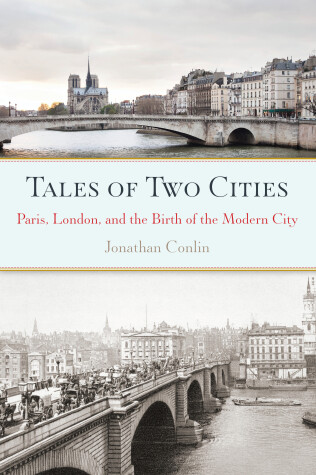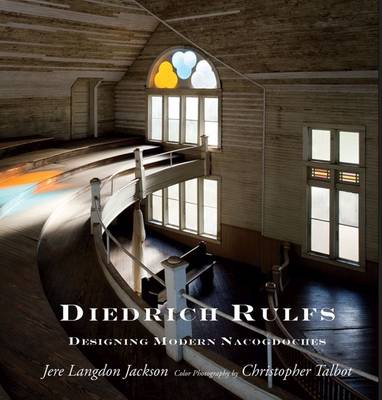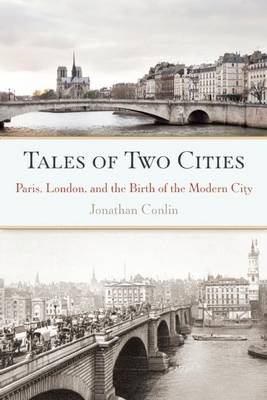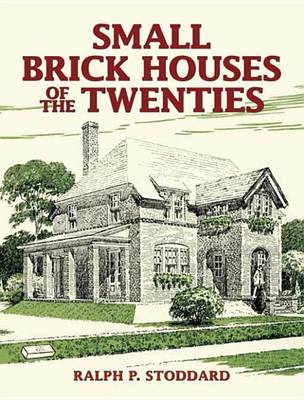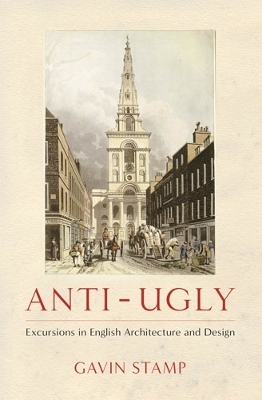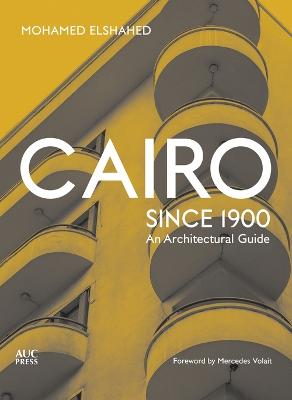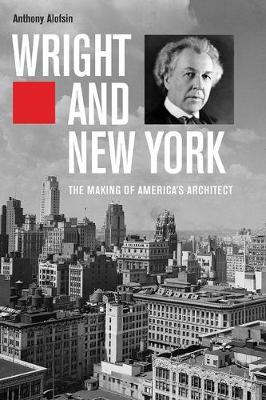A prefab is a mass-produced house, constructed in a factory and assembled on-site in a few days or weeks. Once regarded as a cheap, easy solution for urgent housing problems, the prefab has evolved to become a synonym for ambitious design and sophisticated detailing solutions. The amazing history of prefabricated houses started in England in the 1830's with a building kit for emigrants moving to Australia. Even today, prefabricated houses provide a high percentage of living spaces in many count...
Architecture Re-Assembled: The Use (and Abuse) of History: The Use (and Abuse) of History
by Trevor Garnham
10 Buildings That Changed America tells the stories of ten influential works of architecture, the people who imagined them, and the way these landmarks ushered in innovative cultural shifts throughout our society. From American architectural stalwarts like Louis Sullivan and Frank Lloyd Wright, to modern revolutionaries like Frank Gehry and Robert Venturi, this book examines the most prominent buildings designed by the most noteworthy architects of our time. Also profiled are Americans less not...
Scandinavia is a region associated with modernity: modern design, modern living and a modern welfare state. This new history of modernism in Scandinavia offers a picture of the complex reality that lies behind the label: a modernism made up of many different figures, impulses and visions. It places the individuals who have achieved international fame, such as Edvard Munch and Alvar Aalto in a wider context, and through a series of case studies, provides a rich analysis of the art, architecture a...
Marble Halls is about the great civic buildings that were designed in the style of Beaux-Arts classicism during the Gilded Age (1865-1918) and about the City Beautiful movement that was intended to improve the setting for the buildings and the urban environment for the people. The Industrial Revolution, which arrived belatedly in the United States, provided the wealth required for grand architecture, and the classical Beaux-style was imported from Paris to serve as a veneer to a society that saw...
Paris and London have long held a mutual fascination, and never more so than in the period 1750–1914, when they vied to be the world's greatest city. Each city has been the focus of many books, yet Jonathan Conlin here explores the complex relationship between them for the first time. The reach and influence of both cities was such that the story of their rivalry has global implications. By borrowing, imitating and learning from each other Paris and London invented the true metropolis. Tales of...
Diedrich Anton Wilhelm Rulfs, the German-born architect who immigrated to Nacogdoches, Texas in 1880, transformed the historic, frontier town into a modern city. The life and work of Rulfs and his interaction with his contemporaries is the story of Nacogdoches in the crucial years at the turn of the 20th century. The substantial visual legacy of Rulfs to the history of a pioneering town can be enjoyed today. Over fifty architectural creations are extant and form the core for the city's extensive...
This richly illustrated book details the wide-ranging construction and urban planning projects launched across Germany after the Nazi Party seized power. Hagen and Ostergren show that it was far more than just an architectural and stylistic enterprise. Instead, it was a series of interrelated programs intended to thoroughly reorganize Germany's economic, cultural, and political landscapes. The authors trace the specific roles of its component parts-the monumental redevelopment and cleansing of c...
Tales of Two Cities: Paris, London and the Birth of the Modern City
by Jonathan Conlin
Architect Albert Frey (1903–1998) saw a modernist utopia in the desert. Born in Zurich, he studied in Europe with Le Corbusier before moving to the United States in 1930, convinced it was the land of architectural opportunity. On a visit to Palm Springs, he fell under the desert spell. It was here, amid the arid and empty landscape, that he could truly envisage a perfect modern future. Like fellow Californian luminary, John Lautner, Frey would spend the rest of his career nurturing the consonan...
Since 2004 Gavin Stamp, one of Britain's most eminent and readable architectural historians, has written a monthly column for Apollo, the esteemed architecture and fine art magazine. The subject is simply whatever in design or architecture happens to take his fancy. It might be the splendid reopening of the magnificent Midland Grand Hotel at St Pancras Station, or the dilapidation of a little-known church in Eastbourne; the much-lamented demise of the original Routemaster bus, or the colossal ma...
The city of a thousand minarets is also the city of eclectic modern constructions, turn-of-the-century revivalism and romanticism, concrete expressionism, and modernist design. Yet while much has been published on Cairo's ancient, medieval, and early-modern architectural heritage, the city's modern architecture has to date not received the attention it deserves. Cairo since 1900: An Architectural Guide is the first comprehensive architectural guide to the constructions that have shaped and conti...
A dazzling dual portrait of Frank Lloyd Wright and early twentieth-century New York, revealing the city's role in establishing the career of America's most famous architect Frank Lloyd Wright (1867-1959) took his first major trip to New York in 1909, fleeing a failed marriage and artistic stagnation. He returned a decade later, his personal life and architectural career again in crisis. Booming 1920s New York served as a refuge, but it also challenged him and resurrected his career. The city c...
Hampstead Garden Suburb was founded by Dame Henrietta Barnett and was described as a nearly perfect example of the English invention. This edition features an account of the Suburb, and sets architectural and planning achievements in context, historically and socially. It also paints a picture of both the vision and reality of 'Henrietta's Dream'.
